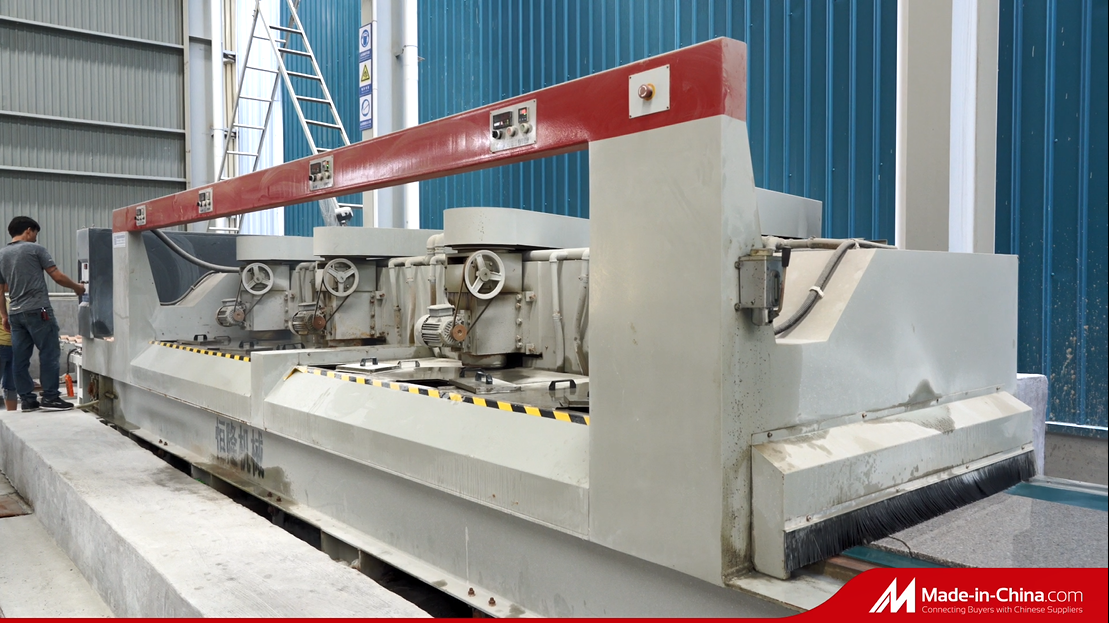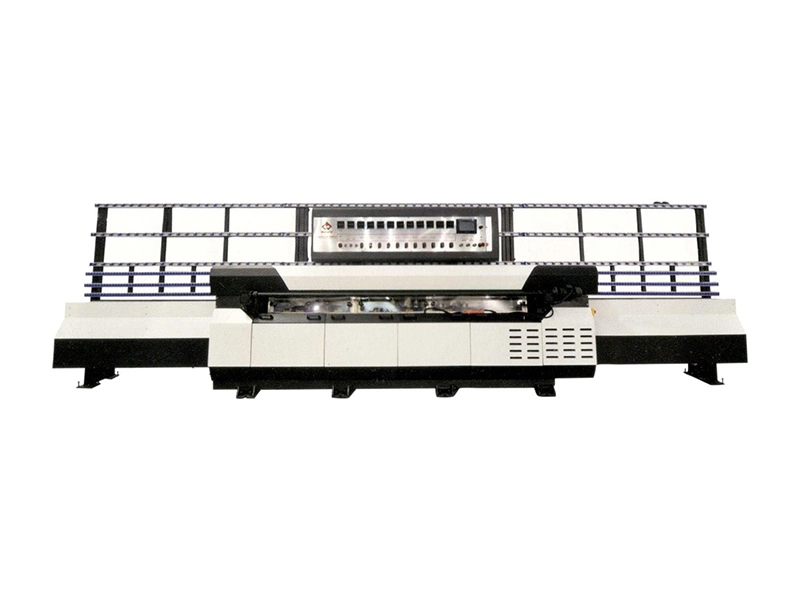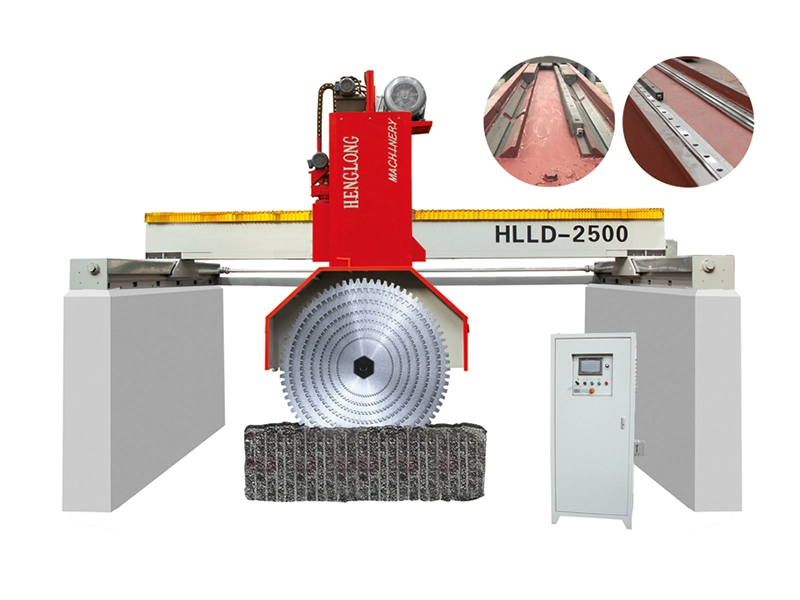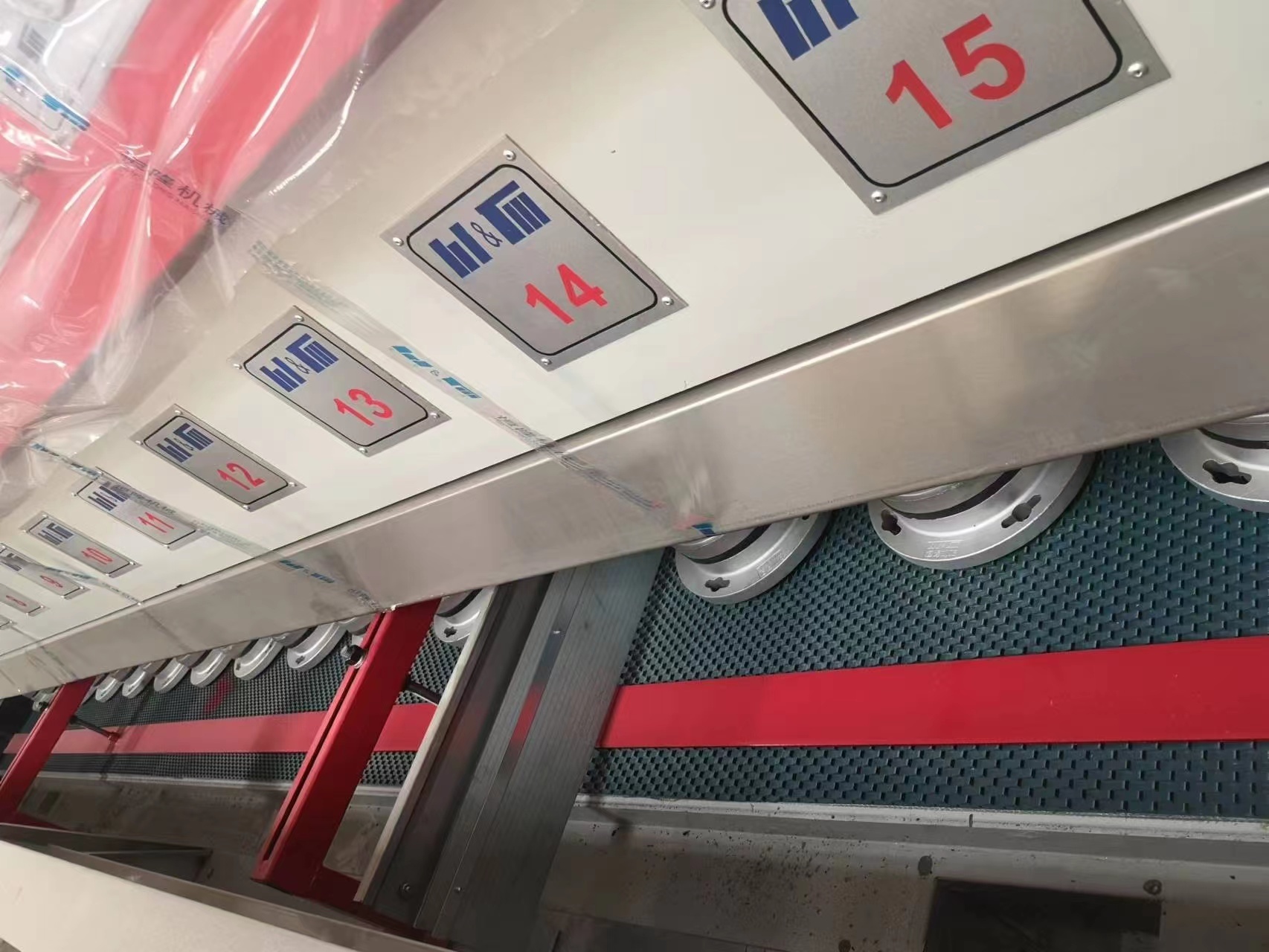Understanding Stone Calibrating Machine Spots: Key Insights for the Stone Processing Industry
Time:
Jan 28,2025
In the stone processing industry, the role of calibrating machines is vital in ensuring that materials are cut, shaped, and finished with precision. When we refer to "Stone calibrating machine spots," we are highlighting specific points or areas within the calibration process that are crucial for achieving the desired outcomes in stone fabrication. Understanding these spots can significantly impact the quality of the final product.
A stone calibrating machine is designed to adjust the thickness of stone slabs to a consistent depth, which is necessary for a range of applications, from countertops to flooring. As stone comes in various textures and densities, calibrating machines must be equipped to handle these variations to ensure uniformity across all pieces. The spots in this context refer to the critical areas where adjustments and measurements are taken.
One of the main advantages of using a calibrating machine is its ability to produce accurate thickness measurements. The calibration process involves several steps, including the initial assessment of the stone’s thickness, adjustments based on the specific requirements, and continuous monitoring during the cutting process. This precision is essential because even minor inconsistencies can lead to significant issues during installation or use, such as uneven surfaces or structural weaknesses.
Another important aspect of stone calibrating machine spots is the optimization of production efficiency. By accurately calibrating the stone, manufacturers can reduce waste and minimize the need for rework. This not only saves time but also contributes to cost-effectiveness in the overall production process. In a competitive industry where margins can be slim, leveraging technology for precise calibration is key to staying ahead.
Furthermore, maintaining the calibrating machine itself is crucial. Regular inspections of the machine’s components, including the calibration spots, ensure that it continues to operate effectively. Any wear and tear can lead to inaccuracies, which could impact the quality of the stone products being manufactured. Therefore, operators should be trained to recognize signs of wear and to perform routine maintenance checks on their machines.
In summary, understanding the significance of "Stone calibrating machine spots" is essential for anyone involved in the stone processing industry. These machines play a pivotal role in enhancing the quality and efficiency of stone fabrication. By focusing on the calibration process and maintaining the machines, businesses can ensure they produce high-quality stone products that meet the needs of their customers. Whether you are a manufacturer, installer, or supplier, recognizing the importance of these spots can lead to improved outcomes and greater satisfaction in your projects.
A stone calibrating machine is designed to adjust the thickness of stone slabs to a consistent depth, which is necessary for a range of applications, from countertops to flooring. As stone comes in various textures and densities, calibrating machines must be equipped to handle these variations to ensure uniformity across all pieces. The spots in this context refer to the critical areas where adjustments and measurements are taken.
One of the main advantages of using a calibrating machine is its ability to produce accurate thickness measurements. The calibration process involves several steps, including the initial assessment of the stone’s thickness, adjustments based on the specific requirements, and continuous monitoring during the cutting process. This precision is essential because even minor inconsistencies can lead to significant issues during installation or use, such as uneven surfaces or structural weaknesses.
Another important aspect of stone calibrating machine spots is the optimization of production efficiency. By accurately calibrating the stone, manufacturers can reduce waste and minimize the need for rework. This not only saves time but also contributes to cost-effectiveness in the overall production process. In a competitive industry where margins can be slim, leveraging technology for precise calibration is key to staying ahead.
Furthermore, maintaining the calibrating machine itself is crucial. Regular inspections of the machine’s components, including the calibration spots, ensure that it continues to operate effectively. Any wear and tear can lead to inaccuracies, which could impact the quality of the stone products being manufactured. Therefore, operators should be trained to recognize signs of wear and to perform routine maintenance checks on their machines.
In summary, understanding the significance of "Stone calibrating machine spots" is essential for anyone involved in the stone processing industry. These machines play a pivotal role in enhancing the quality and efficiency of stone fabrication. By focusing on the calibration process and maintaining the machines, businesses can ensure they produce high-quality stone products that meet the needs of their customers. Whether you are a manufacturer, installer, or supplier, recognizing the importance of these spots can lead to improved outcomes and greater satisfaction in your projects.
RELATED NEWS









